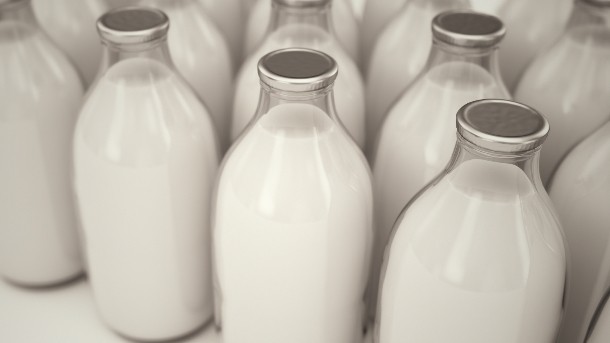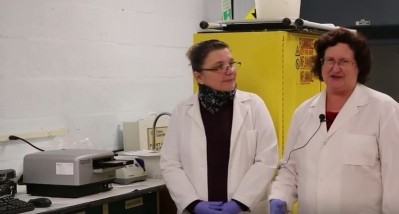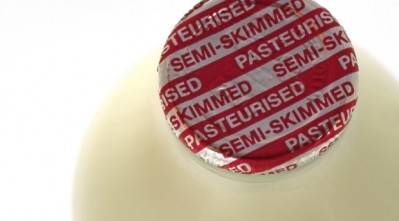Milk shelf-life can be upped by identifying microbes, says study

The study, reported in the journal mBio, shows that bacteria in raw milk arriving at dairy processing facilities are highly diverse and seasonal, but the milk always contains a core microbiota.
Lead author of the paper, Maria Marco, PhD, associate professor at the Department of Food Science & Technology, University of California-Davis, says understanding what’s in the milk may help dairy companies improve the quality, safety and longevity of products.
Marco says that the goal of the research is to create dairy products with longer shelf life, less spoilage, and less waste.
Harmful bacteria are destroyed during pasteurization, however other bacteria can cause spoilage or defects, such as off-flavors in cheese, which can result in waste as products are discarded.
Seasonal changes
The UC-Davis study looked at the microbiota of raw milk collected for product manufacturing at two different dairy processors in California, which is responsible for 20% of total US milk production.
Researchers found that bacteria in the milk varied by season and were highly diverse, but had a core microbiome that included Streptococcus, Staphylococcus, and unidentified Clostridiales.
Shift in bacteria after transfer
Marco said that another important finding was what happened to the milk after it got into the dairy processing plant.
She said that there was a shift of the types of bacteria that are dominant in the milk when it goes from the truck to silos where the milk is stored before pasteurization.
The effects of the processing facility outweighed the raw milk microbiome, she said, and the microbial composition changed distinctly within some, but not all silos, a short time after transfer.
Implications of study
Marco said that influences the environment has on the microbiome in foods is still largely unknown, and that understanding and controlling microbes coming into processing facilities can have implications for the industry.
Scientists can address spoilage through microbes if they know what is in the milk. This study to identify the microbes, Marco said, is the first stop in tackling how to control them in an effective way.
Source:
mBio 7:4 July/August 2016
doi:10.1128/mBio.00836-16
The Core and Seasonal Microbiota of Raw Bovine Milk in Tanker Trucks and the Impact of Transfer to a Milk Processing Facility
Authors: Mary E. Kable, Yanin Srisengfa, Miles Laird, Jose Zaragoza, Jeremy McLeod, Jessie Heidenreich, and Maria L. Marco







